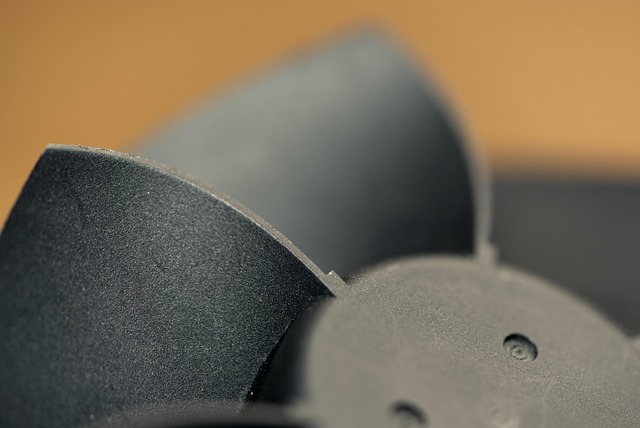
Optimizing IT Performance: The Ultimate Guide to Processor Cooling in Hardware
Optimizing IT Performance: The Ultimate Guide to Processor Cooling in Hardware
In the world of informational technology, performance is key. As IT professionals and enthusiasts, we are constantly seeking that extra edge to ensure our systems run smoothly and efficiently. One of the most critical aspects in achieving this optimization is processor cooling. Why is this so important? Because an overheated processor can lead to throttling, crashes, and ultimately, a decline in productivity. In this guide, we will explore the various methods and best practices for effective processor cooling.
The Importance of Processor Cooling
Every day, we push our hardware to its limits with demanding applications, multitasking, and heavy workloads. Processors generate heat, and managing that heat is essential to maintaining performance. When temperatures rise too high, processors may slow down or even fail, resulting in frustration and downtime. Implementing effective processor cooling strategies can significantly improve the lifespan of your hardware and optimize overall performance.
Types of Processor Cooling Solutions
There are several cooling solutions available, each with its own set of advantages. Understanding these different types can help you choose the right one for your setup:
- Air Cooling: This is the most common cooling method, utilizing fans and heatsinks to dissipate heat. While generally effective and cost-efficient, air cooling may not be sufficient for power users or overclockers.
- Liquid Cooling: For those seeking superior performance, liquid cooling systems can offer remarkable thermal regulation. These systems circulate coolant through a processor block to absorb and dissipate heat quickly.
- Peltier Cooling: Though less common, thermoelectric devices like Peltier coolers can create a temperature difference that significantly lowers processor temperatures. However, this method requires careful management to prevent condensation.
- Phase Change Cooling: This advanced cooling solution operates similarly to a refrigerator and is capable of reaching extremely low temperatures. It’s ideal for extreme overclocking but may be overkill for everyday tasks.
Best Practices for Enhancing Processor Cooling
To get the most out of your cooling solution, consider these best practices:
- Regular Maintenance: Dust accumulation can hinder airflow and cooling efficiency. Make it a habit to clean your hardware regularly to maintain optimal performance.
- Thermal Paste Application: The thermal interface material between the processor and heatsink can degrade over time. Reapplying high-quality thermal paste can improve heat transfer and cooling efficiency.
- Monitoring Temperatures: Utilize software tools to monitor CPU temperatures. If you’re noticing frequent high readings, it may be time to evaluate your cooling solution.
- Case Airflow: Ensure your computer case has optimal airflow. Properly placing and configuring fans can significantly enhance the cooling capability of your entire setup.
The Future of Processor Cooling
As technology continues to evolve, so do cooling solutions. Research is being conducted on innovative materials and methods that could revolutionize processor cooling, including graphene-based thermal interfaces and more efficient liquid cooling systems. Staying informed about these advancements in IT can allow you to leverage cutting-edge technologies for better performance.
In summary, ensuring effective processor cooling is not merely a suggestion—it’s a crucial component of maintaining high performance in your hardware setup. By understanding and implementing the right cooling mechanisms, alongside following best practices, IT professionals and enthusiasts alike can optimize their systems for peak performance, maximizing both productivity and system longevity.



